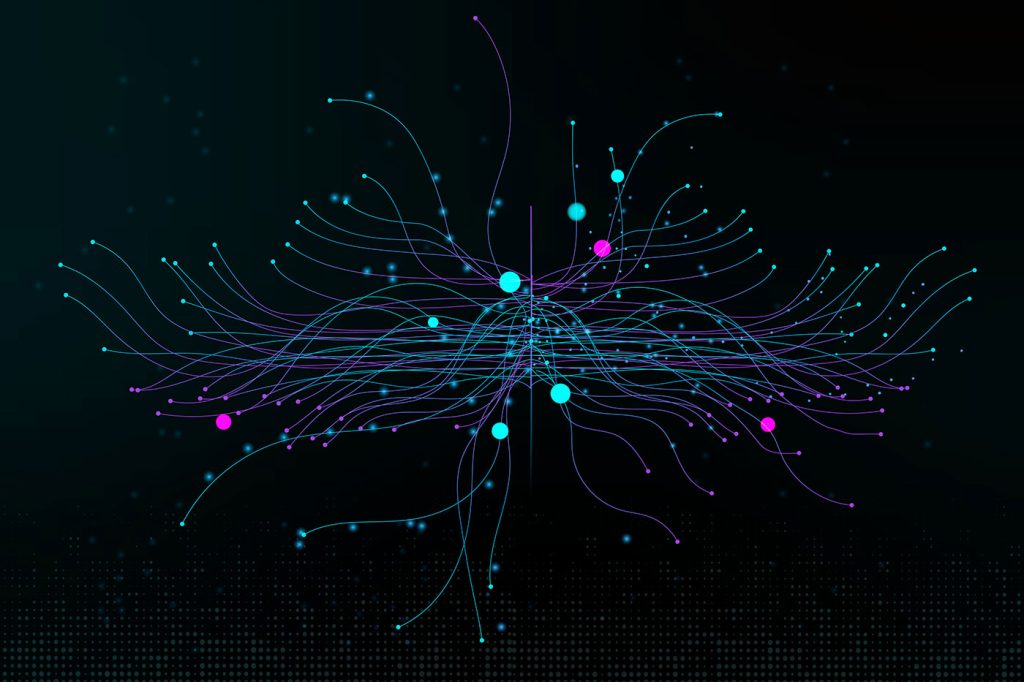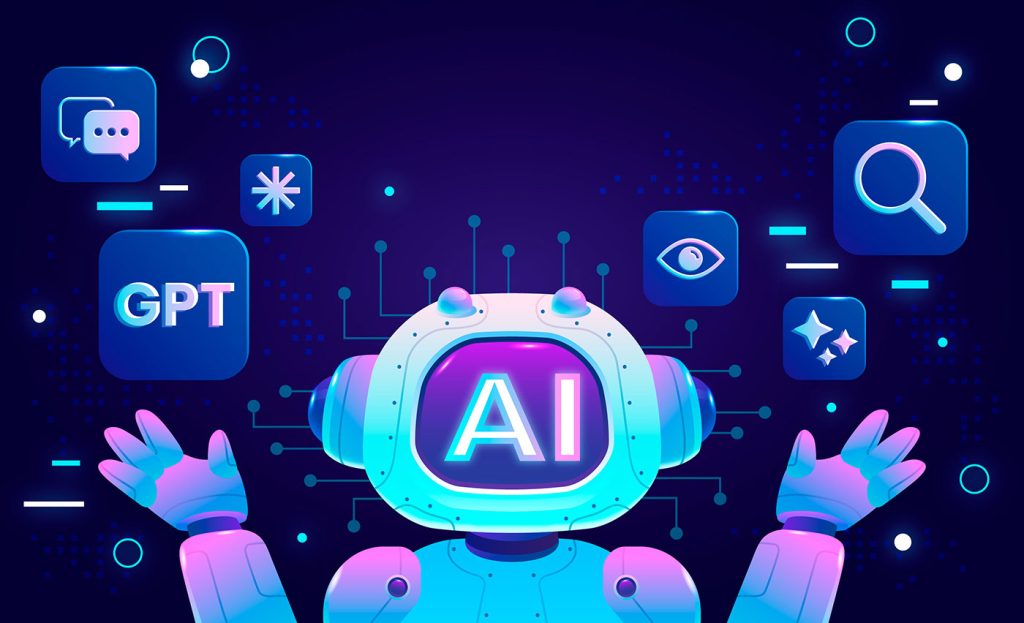Web development is dead. Well, the version you knew is…
The future? It’s less about your meticulous hand-coded masterpieces and more about surviving a tidal wave of automation, AI, and the slow, almost cruel commoditization of creativity.
But for those of us still clinging to the wreckage of “the old web,” here’s a glimpse into the trends that will either make you a king—or have you updating your resume on LinkedIn (again).
1. AI-First Development: Code is Optional
Remember when knowing JavaScript felt like holding the keys to the kingdom? Cute. Now, AI is writing better code—faster—than most human devs. Tools like GitHub Copilot X, Tabnine, and custom LLM-based code assistants are not just completing your code; they’re replacing the need for you to write it in the first place.
In 2025, the best developers won’t be the ones who code fastest. They’ll be the ones who orchestrate AI workflows, guiding the machines rather than competing with them. Prompt engineers are becoming the new unicorns. And yes, this means mediocre devs who are still copy-pasting answers from StackOverflow are in for a very rude awakening.
The new skill set isn’t memorizing syntax. It’s understanding how to frame problems, how to collaborate with machines, how to build entire infrastructures by describing what you want rather than painstakingly writing each line.
2. Frontend Framework Fatigue — The Rebellion
React. Svelte. SolidJS. Astro. Qwik. Every year the pile grows higher. At some point, even the most hardened frontend veterans started to ask: do we really need yet another framework promising “zero JavaScript” while still hiding 200 dependencies under the hood?
In 2025, there’s a rebellion against this madness. Developers are getting tired—really tired—of bloat, of 500kb bundles to render static text, of feeling like unpaid beta-testers for VC-backed frameworks hyped to the moon.
More devs are ditching bloated frameworks for native web components. HTML-first, server-driven UIs are resurging. The web is rediscovering its roots: simple, lightweight, fast. Developers are opting for tools that don’t require a computer science degree just to set up a basic blog.
And here’s the kicker: performance isn’t just a nice-to-have anymore. With Google’s Core Web Vitals becoming ever more brutal, slow sites are punished, and users have no patience for a spinner animation.
You know what’s sexy in 2025? A site that loads instantly, without a single megabyte of React or a build pipeline so complicated it needs a DevOps engineer to babysit it.
3. No-Code Isn’t a Joke Anymore
No-code tools used to be the butt of every joke in developer circles. “Real devs write code,” they said. Now those “real devs” are nervously side-eyeing platforms like Webflow, Framer, and the new wave of no-code builders that produce production-quality output faster than you can open a new terminal window.
The secret? No-code isn’t just for “non-technical” folks anymore. It’s for smart developers who know that writing CRUD apps by hand in 2025 is the equivalent of chiseling stone tablets.
Instead of spending weeks building admin panels or landing pages from scratch, developers are using no-code tools as scaffolding—building the boring parts in minutes and focusing their energy on the complex, high-value parts that actually matter.
No-code tools have evolved to offer full-code export, API integrations, dynamic data handling, and custom code injections. They aren’t replacements for devs; they’re jetpacks.
If you’re still sneering at no-code in 2025, you’re already behind.
4. Serverless 2.0: Edge Everything
Serverless sounded good in theory—until we hit the wall of cold starts, unpredictable costs, and vendor lock-in nightmares.
Now, welcome to Serverless 2.0: the Edge Era. Instead of running your code on a faraway server farm, it’s running on edge nodes—servers placed physically closer to users. Instant, low-latency experiences.
The old model of “one server location fits all” is dead. Users expect TikTok-speed experiences whether they’re sitting in New York or a village in Nepal.
The new web architecture means developers have to think globally distributed from the start. It’s not an optimization—it’s a necessity. If your app isn’t running on the edge in 2025, it’s already slower than your competitors.
5. The Rise of AI-Native UX
Old-school A/B testing is dead. It died quietly while nobody was looking.
In its place? AI-native UX. In 2025, websites and apps aren’t designed to be static, cookie-cutter experiences anymore. They adapt on the fly.
Imagine a website that changes its layout based on how long you hover over a button. A page that rewrites its copy depending on whether you’re a morning or evening browser. Interfaces that shift depending on your previous behavior, your location, even the speed at which you scroll.
This isn’t science fiction; it’s happening.
Designers and developers need to rethink what “experience” even means. It’s not a page or a flow—it’s a living, breathing system that learns and evolves. Those who can design adaptive, self-optimizing interfaces will thrive. Those stuck in the “one-size-fits-all” mindset? Extinct.
6. The Death of Monolithic CMSs
Remember WordPress? Remember Drupal? In 2025, they feel about as modern as fax machines.
The old model of a monolithic CMS—an all-in-one solution that tries to do everything—is crumbling. Headless CMSskicked open the door. Now, the next wave is here: composable, API-first systems that are designed for flexibility, scalability, and—you guessed it—AI integration.
Modern CMSs don’t just store content. They generate it. They optimize it. They adapt it to user preferences in real time.
Imagine a CMS that doesn’t just store your blog posts, but rewrites them for different audiences on the fly. One that generates product descriptions tailored to each visitor. One that can A/B test a hundred different landing page versions without you lifting a finger.
That’s not the future. That’s 2025.
7. The Web Gets Physical: HTTP Becomes hTTP
Here’s a twist no one expected: web developers are moving off the screen and into the real world.
With the rise of AR glasses, IoT devices, and even early-stage brain-computer interfaces, the web is no longer confined to your laptop or phone.
We’re talking about spatial web design—interfaces that exist in 3D space, layered over the real world. Imagine navigating a website projected in your living room. Haptics APIs are becoming more mainstream too, meaning you don’t just see or hear feedback—you feel it.
And yes, brain-computer interface APIs are real, and while they’re primitive now, they’re progressing fast. We’re moving toward a world where your thoughts can control your digital interactions directly.
Tomorrow’s web dev isn’t just on screens. It’s on your face, in your car, and maybe—sooner than you think—in your brain.
8. Digital Ownership and Decentralization 2.0
The web’s gatekeepers are being challenged again. Decentralized technologies are making a quiet comeback, fueled by a new wave of privacy concerns and a backlash against tech monopolies.
Decentralized storage, identity management, and even content hosting are finding new life thanks to better tech and, frankly, a user base that’s fed up with data harvesting.
Developers are being forced to think about digital ownership in a serious way—whether it’s self-hosted solutions, decentralized identities, or content that can’t be censored or de-platformed by Big Tech.
The decentralized web isn’t a 2017 crypto-fantasy anymore. It’s practical, increasingly necessary, and closer than most developers want to believe.
9. Design Systems Go Autonomous
In 2025, design systems aren’t just libraries of components—they’re becoming autonomous, AI-powered frameworks.
Imagine design systems that can update themselves based on user analytics. A button’s style isn’t static; it evolves depending on where and how it’s used. Color schemes shift, typography scales, and layouts adapt automatically—without the need for an entire rebrand every six months.
Design systems are learning. They’re becoming living organisms. The future is autonomous design—flexible, responsive, and constantly iterating.
10. AI-Generated APIs: The New Backend
Forget designing and maintaining your own API endpoints.
AI-driven platforms are now capable of generating APIs on demand—schema-first, documentation included. Need a new data model? Just describe it.
Backend as a Service is being replaced by API as a Prompt. The backend is becoming a commodity—one that’s dynamically generated, infinitely scalable, and tailored to each application’s exact needs.
Why build REST APIs by hand when a machine can generate them faster, cheaper, and with fewer bugs?
Closing Thoughts: Adapt or Get Obliterated
2025 is not for the timid. Web development is no longer “just build a website.” It’s AI orchestration, real-time edge deployment, no-code acceleration, global-first design thinking, decentralized ownership, autonomous design systems, AI-generated APIs, and designing experiences that aren’t limited to screens.
You can cling to your bloated React app and pray, or you can embrace this chaos and evolve.
Either way, the web’s changing with or without you.






